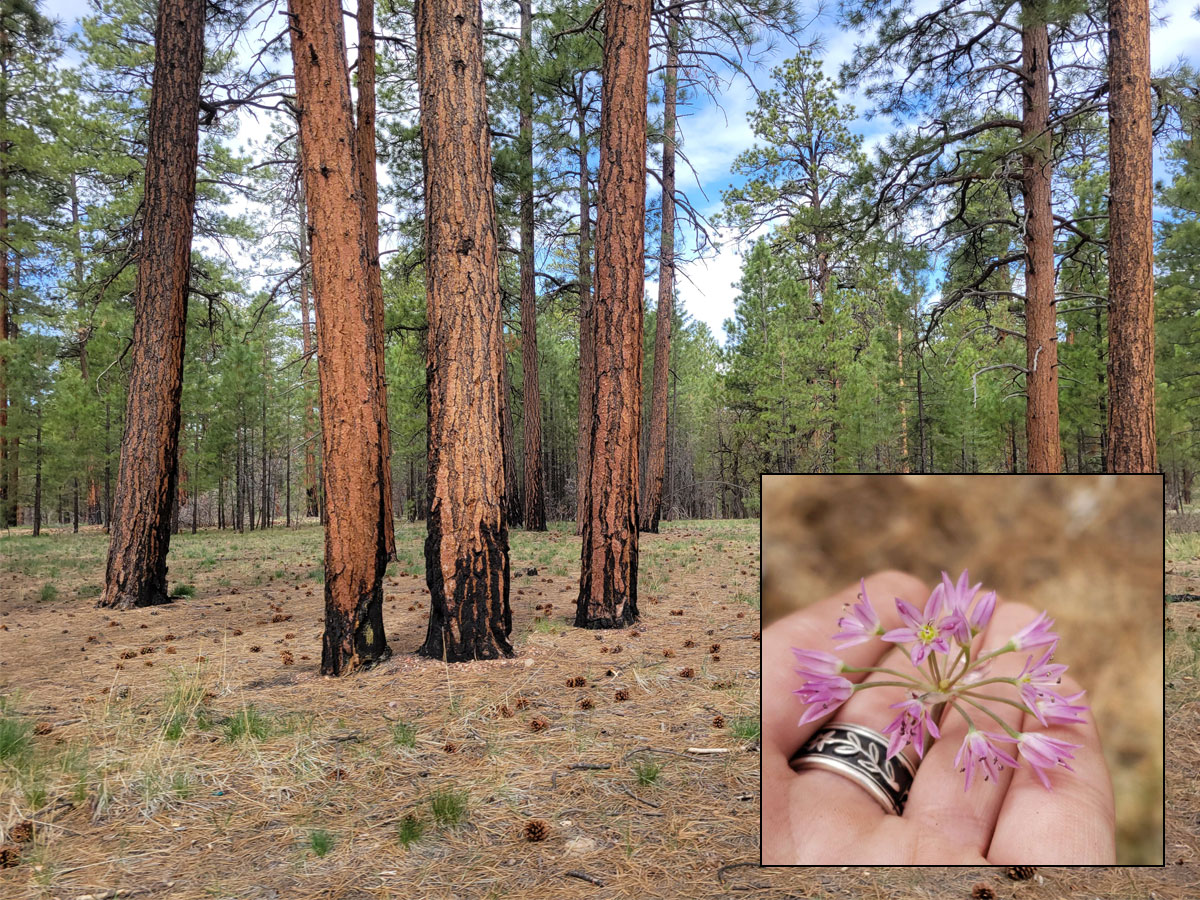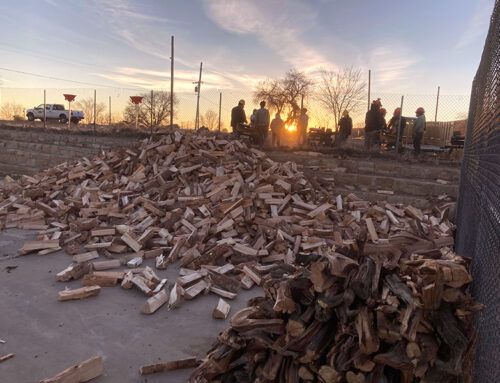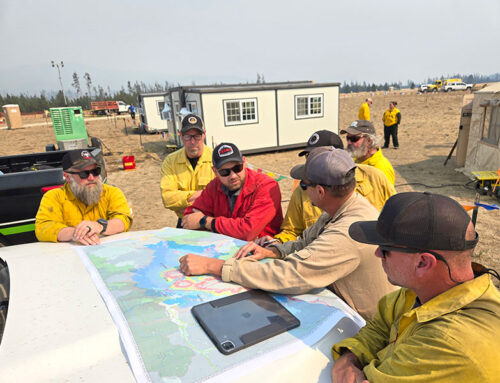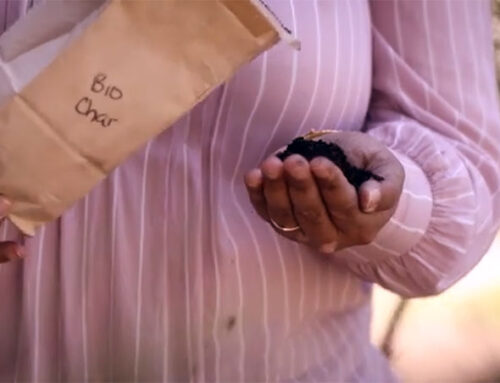ERI field crews notched another successful year in 2021 and collected data for several projects that will provide forest managers with highly needed information related to ecological restoration treatments, climate effects on ecosystems, and new technologies for research and monitoring. Crews visited both local and remote sites and collected data for scientific studies in most forest types found in the Southwest region. ERI students and staff utilized high-level field botany skills to survey understory plant community changes that have followed restoration treatments at long-term study sites in ponderosa pine forests.
Plant community data were also collected at a new pinyon-juniper study site in New Mexico, where resource managers are evaluating alternatives for treating slash and reducing bark beetle infestation after tree thinning. Crews tested their physical fitness levels to remeasure tree regeneration patterns in monitoring plots arrayed across a mountain gradient that climbs above 11,000 feet.
Throughout the summer season, ERI field teams supported data collection for Northern Arizona University undergraduate and graduate student projects, including studies of dwarf-mistletoe spread in mixed-conifer forests, changes in understory composition on plots established in the early 1900s, the effectiveness of various remote sensing technologies for estimating forest structural characteristics, and the influence of historical land-use activities on contemporary forest conditions. This work is in collaboration with the US Forest Service and the State of Arizona. The Salt River Project is funding a graduate student to compare LiDAR technologies for detecting coarse wood on the forest floor.




